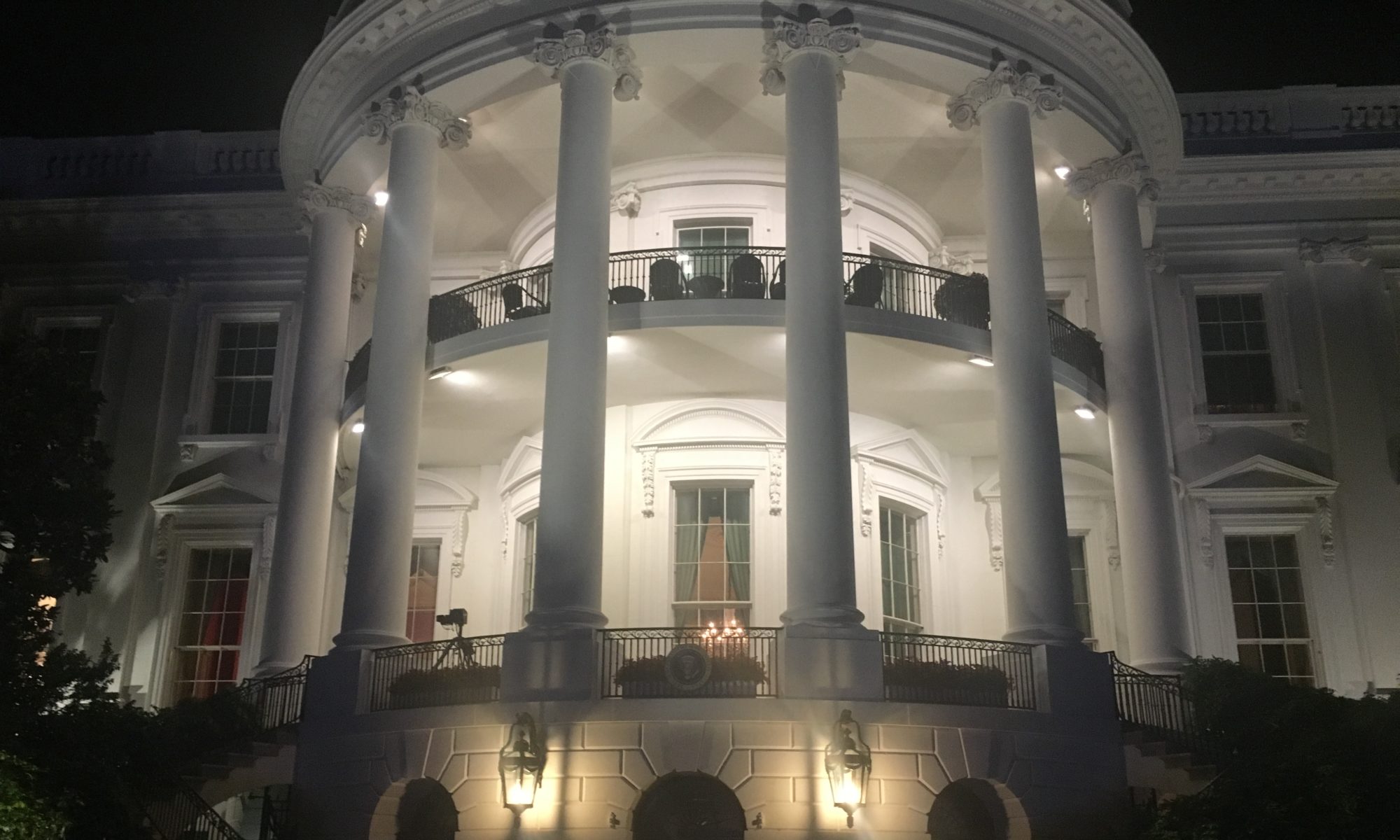June 17, 2020
Toni Morrison famously said, “the function, the very serious function of racism is distraction. It keeps you from doing your work.” The unceasing onslaught of racist murders has distracted all 41 million Black Americans, who are forced, yet again, to concentrate all of our energy on just being allowed to live. We are thrust, once again, into a familiar role, of an un-individuated mass, supplicating the powers that be to acknowledge our humanity. In white Americans popular imagination, Black people exist as a binary— either noble and long suffering, or thugs. There is no understanding of the human cost of requiring 41 million people, whose roots in this country predate the founding of the republic, to relitigate the question of whether we are American.
People mistake their ignorance of Black achievement for its absence, failing to understand just how much they owe to the brilliance, persistence and resilience of Black people. We have always had to literally provide both our brains and our bodies to garner greater freedom for the whole.The landmark decision holding that Title VII prohibits employment discrimination against LGBT people, handed down by the Supreme Court in Bostock v. Clayton County, 590 U.S. ___(S.Ct, 2020), would have been impossible if the 1963 March on Washington (and subsequent murder of four little Black girls in a Birmingham church) had not forced the hand of President Kennedy, and then President Johnson, to push for passage of the Civil Rights Act of 1964, (Source: “March on Washington for Jobs and Freedom, 1963, The Martin Luther King, Jr. Research and Education Institute, kinginstitute.stanford.edu ).
Few people know, however, that the March on Washington was the brainchild of A. Philip Randolph and Bayard Rustin, pioneering Civil Rights leaders who originally planned a March on Washington in 1941 to protest segregation in the defense industries. To head off the March, FDR signed an executive order desegregating the defense industries, but left segregation in the armed forces intact, (Source: “African-American threaten march on Washington, 1941,” Global Nonviolent Action Database, nvdatabase.swarthmore.edu).
Justice Ruth Bader Ginsburg is rightly celebrated as the “Thurgood Marshall of the women’s rights movement,” for her role in securing equal protection under the law for Americans, regardless of sex, but as RBG herself acknowledges, she relied on the doctrinal foundation built by the brilliant Dr. Pauli Murray, the queer Black lawyer, activist and minister, (Source: “The Dynamic Woman Who Shaped Ruth Bader Ginsburg,” by Meghan White, savingplaces.org). Murray was a co-founder of the National Organization for Women with Betty Friedan and her scholarship was the basis not only for securing equal protection under the law for women, but for Black people as well. Murray’s law professor, Spottswood Robinson, was part of the team that argued Brown vs. Board of Education. Robinson used Murray’s law school paper outlining a basis for challenging Plessy v. Ferguson under the 13th and 14th Amendments, as a resource when developing the strategy in Brown, (Source: “The Many Lives of Pauli Murray,” by Kathryn Schulz, The New Yorker, 4/10/17).
When Black people are not forced to put our bodies in the service of our beliefs; when we are not consumed with grief over the unending list of Black people who become famous not for how they lived, but for how they died, we can provide the theoretical and organizational foundation for making this a more perfect union. The truth is, Black people are the architects, not just the foot soldiers, of this nation’s freedom movements. So thank us, and let us do our work.

Hear hear!. Well put, as always, Lisa.
Thanks Aaron!